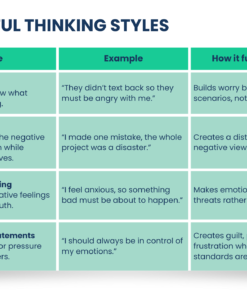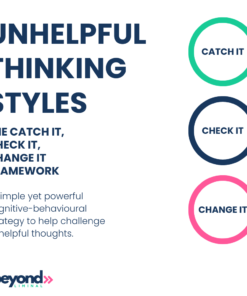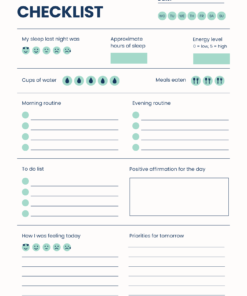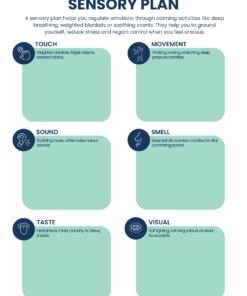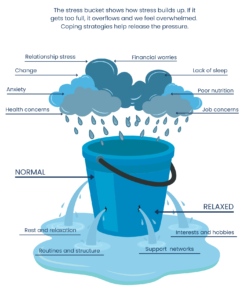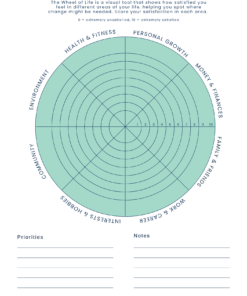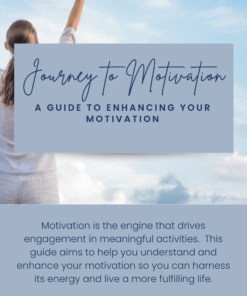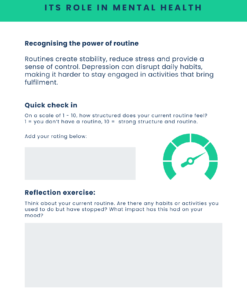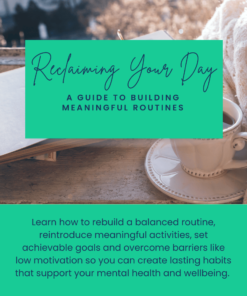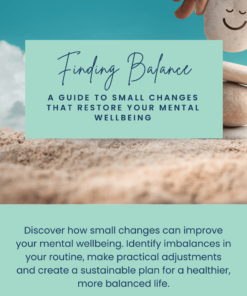Anxiety, Depression, Mindfulness
Mindfulness: what it is (and isn’t) and how it works
What is mindfulness?
Mindfulness is about being present and really tuning into what’s happening in the moment without judging it. It’s noticing your thoughts, feelings, and surroundings with curiosity instead of criticism. Mindfulness doesn’t mean trying to empty your mind or forcing relaxation; it’s about fully engaging with whatever is going on, even if it’s uncomfortable or brings up tough feelings.
What mindfulness isn’t
There are several misconceptions about mindfulness, so let’s clarify what it is not:
-
It’s not about stopping thoughts. Your mind will always be busy with thoughts; mindfulness teaches you to notice them without getting overwhelmed.
-
It’s not about zoning out. It’s not about escaping reality but becoming more engaged and present rather than stuck in autopilot or worrying about the past or future.
-
It’s not just for relaxation. Yes, mindfulness can help reduce stress, but it also enhances awareness, emotional balance, and your connection to yourself and the world.
-
It’s not a quick fix. Mindfulness is a skill, and like any other skill, it requires practice and time to develop. It’s not just a one-time cure; it’s a way of living that can improve your mental resilience gradually.
The benefits of mindfulness
Research has consistently shown that mindfulness has a range of psychological and physiological benefits, including:
1. Reduced stress and anxiety
Mindfulness can interrupt the cycle of overthinking, which is often a struggle for those dealing with anxiety. Many studies show that mindfulness techniques significantly lower stress levels.
2. Improved emotional regulation
Being aware of your emotions as they come up helps you respond thoughtfully rather than react impulsively, which can be a game-changer for those with mood disorders.
3. Better focus and concentration
Practicing mindfulness can enhance your attention span and cognitive flexibility, helpful for those with attention difficulties.
4. Improved sleep
Mindfulness can quiet a racing mind and ease pre-sleep anxiety, leading to better sleep quality.
5. Pain management
Some studies suggest mindfulness may alter how the brain processes pain, making it useful for managing chronic pain.
6. Greater self-compassion
Mindfulness promotes self-acceptance and counters harsh self-criticism, helping you be kinder to yourself.
The science behind mindfulness
Mindfulness isn’t just a feel-good practice; it has solid support from neuroscience. Brain scans have shown that regular mindfulness practice can change how our brains respond to stress. For instance, it reduces activity in the amygdala, a region responsible for fear and anxiety, helping you handle stress more calmly.
Meanwhile, it strengthens the prefrontal cortex, which plays a role in decision-making and emotional control, helping you respond more thoughtfully in challenging situations. Additionally, mindfulness can help calm the default mode network, known for mind-wandering and rumination, allowing you to stay present rather than caught up in negative thought patterns.
A beginner’s guide to practising mindfulness
If you’re just starting with mindfulness, don’t worry if it seems a bit daunting. Here’s a straightforward guide to help you begin:
Step 1: Find a quiet space
Look for a spot where you won’t be interrupted for a few minutes. Complete silence isn’t necessary, but minimizing distractions is helpful.
Step 2: Get comfortable
Whether you sit in a chair, cross-legged on the floor, or lie down, just make sure you’re comfortable but still alert.
Step 3: Focus on your breathing
Close your eyes or soften your gaze, and take a moment to simply notice how you breathe. Don’t force anything—just feel the air entering and leaving your body.
Step 4: Notice when your mind wanders
It’s totally normal for your mind to drift off. When this happens, kindly bring your focus back to your breath without being hard on yourself.
Step 5: Engage your senses
Use this time to become aware of other senses as well, like what you can hear or feel, to deepen your mindfulness practice.
Step 6: Practise self-compassion
If you find mindfulness challenging, that’s okay! It’s not about doing it perfectly. Each time you bring your attention back, you’re strengthening your ability to stay present. Be kind to yourself throughout the process.
Step 7: Set a time limit
Start with just a few minutes – even one minute is a great start! Over time, you can gradually increase the duration as it becomes more familiar and comfortable.
Step 8: Apply mindfulness to daily life
Mindfulness isn’t just about meditation. Try being more present during everyday activities like eating, walking or washing the dishes. Simply pay attention to the sensations, sights and sounds around you instead of rushing through on autopilot.
Final thoughts
Mindfulness isn’t about achieving a perfect state of calm or enlightenment. It’s about cultivating awareness, presence and self-compassion in everyday life. While it’s not a cure-all, it’s a well supported tool for improving mental wellbeing, backed by science. Whether through formal meditation or simply paying closer attention to daily experiences, small moments of mindfulness can lead to meaningful changes.
Are you ready to give it a try?
Step into change: your toolkit for everyday wellbeing
Start your journey today with our self-help guides, resources and practical, supportive tools designed to help you take that first step towards positive, lasting change. Whether you’re building a routine, managing emotions or finding balance, there’s something here to support you.

